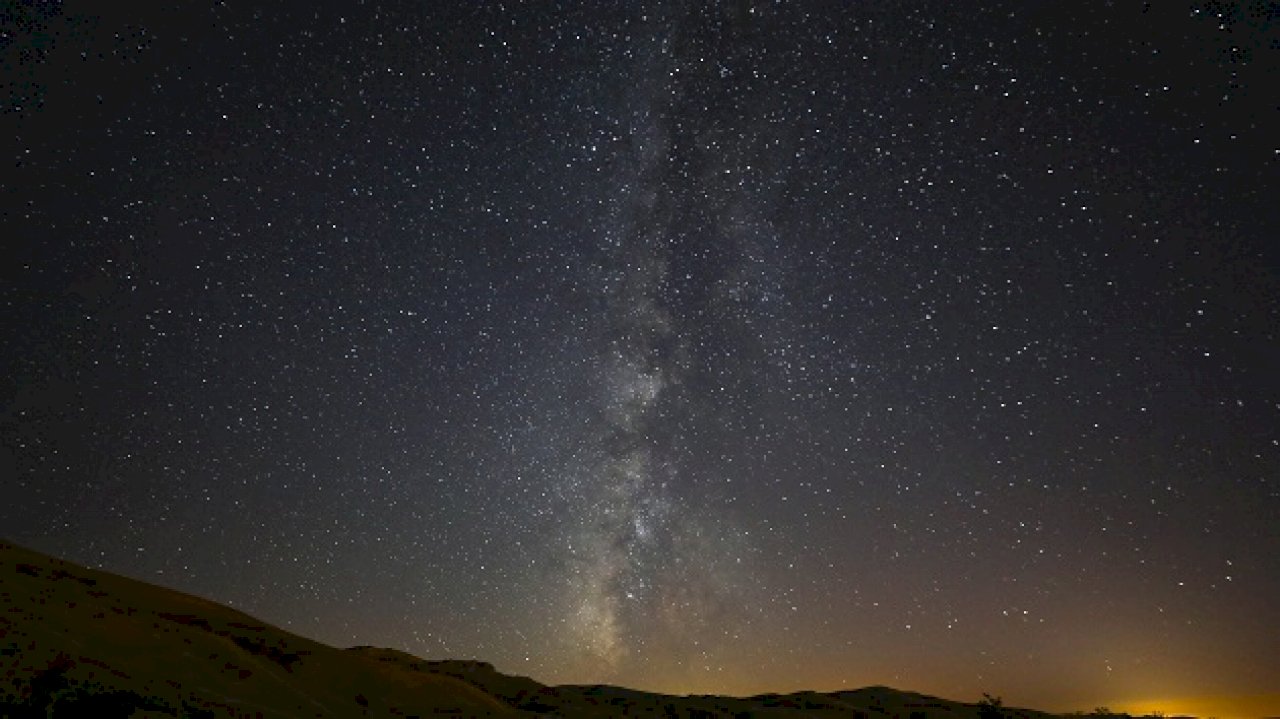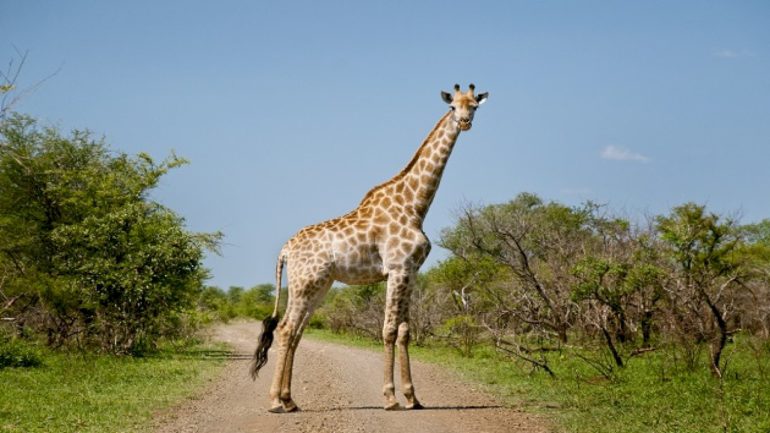Listeners:
Top listeners:
-
 play_arrow
play_arrow
94.3 Rev-FM The Rock of Texas | Where Texas Rocks
-
 play_arrow
play_arrow
99.1 The Buck Texas Country's Number 1 Country
-
 play_arrow
play_arrow
103.7 MikeFM Your Texas Hill Country Mix Tape
-
 play_arrow
play_arrow
KERV 1230 AM
-
 play_arrow
play_arrow
JAM Sports 1 JAM Broadcasting Sports 1
-
 play_arrow
play_arrow
JAM Sports 2 JAM Broadcasting Sports 2
Grad student discovers planet orbiting around nearby star, astronomers say

(CHAPEL HILL, N.C.) — Madyson Barber, a grad student at the University of North Carolina at Chapel Hill, was researching young transiting systems in space when she made a remarkable discovery.
Barber used data from NASA’s Transiting Exoplanet Survey Satellite to observe the brightness of stars over time. During the observations, Barber noticed some “little dips” in brightness, indicating that a “transiting” planet may be passing near Earth.
“This planet discovery popped out,” Barber told ABC News.
The planet, named IRAS 04125+2902 b, is estimated to be 3 million years old, which is considered “young” for stars, Barber said. Earth is about 4.5 billion years old and took an estimated 10 million to 20 millions to form. The next youngest known planet is about 10 million years old, Barber said.
“It’s about the same as a 10-day-old baby in human timescale,” she added. “So, super, super young in comparison to our home.”
Nicknamed “TIDYE-1b” by researchers, the new planet has been shown to have an orbital period of 8.83 days, according to a paper published Thursday in Nature. It has a radius about 10.7 times larger than Earth and has approximately 30% of the mass of Jupiter.
TIDYE-1b orbits a star of about the same age named IRAS 04125+2902.
Astronomers noted some unusual characteristics of the star, which is located relatively close to Earth at 160 parsecs, or 522 lightyears, away, researchers said. The outer protoplanetary disk surrounding the star is misaligned and the star has a depleted inner disk.
The combination of these unique features allowed scientists to observe the transiting protoplanet.
“If part of the planetary discs were still present, it would be in the same plane of rotation as that spinning star and the orbiting planet,” Barber said. “So the disc would block our observations of the star.”
Astronomers are still learning about the planet. They were able to calculate the upper mass limit by looking at the radial velocity of the star, which is the movement of the star over time, and measuring “little wiggles in that movement,” Barber added.
“Other than that, there’s not a whole lot we can say about the planet at this point,” she said.
Right now, the researchers are only 95% confident in the measurements they’ve taken for the planet’s upper mass limit, and they hypothesize that the planet’s real mass is actually much smaller, Barber said.
“Because we don’t have a ton of these young transiting systems that we know of, it’s really important that we look for more so that we can have a better picture of what that formation and evolution looks like, so we can better understand how our own home formed and evolved,” Barber said.
The researchers believe the new planet could be a precursor of the super-Earth and sub-Neptune planets that are frequently found orbiting main-sequence stars.
The system could also be a useful target for studying the early stages of planet formation due to its young age, the rare disk misalignment and the relatively close location to Earth, Barber said.
Copyright © 2024, ABC Audio. All rights reserved.
Written by: ABC News
Similar posts
-
Top popular

Ingram man charged with murder after fatal shooting

Kerr Crime Stoppers offering reward up to $5,000 for information in last week’s non-viable school threat

KISD asks parents to communicate with children about words and actions after ‘copy cat’ threat note found at middle school

City of Kerrville Parks and Recreation reminds citizens that a Red Flag Warning is in effect until further notice

City of Kerrville says that May 7 General and Special Elections will proceed



